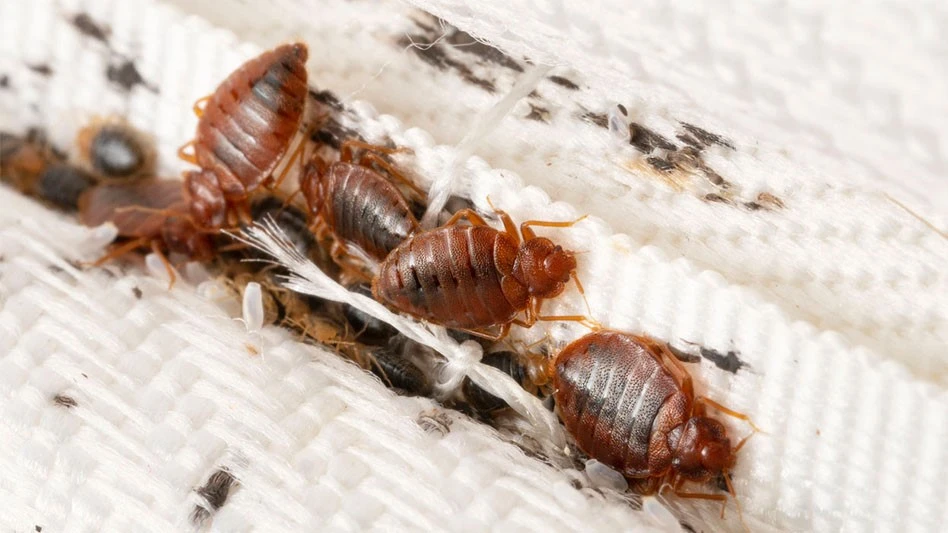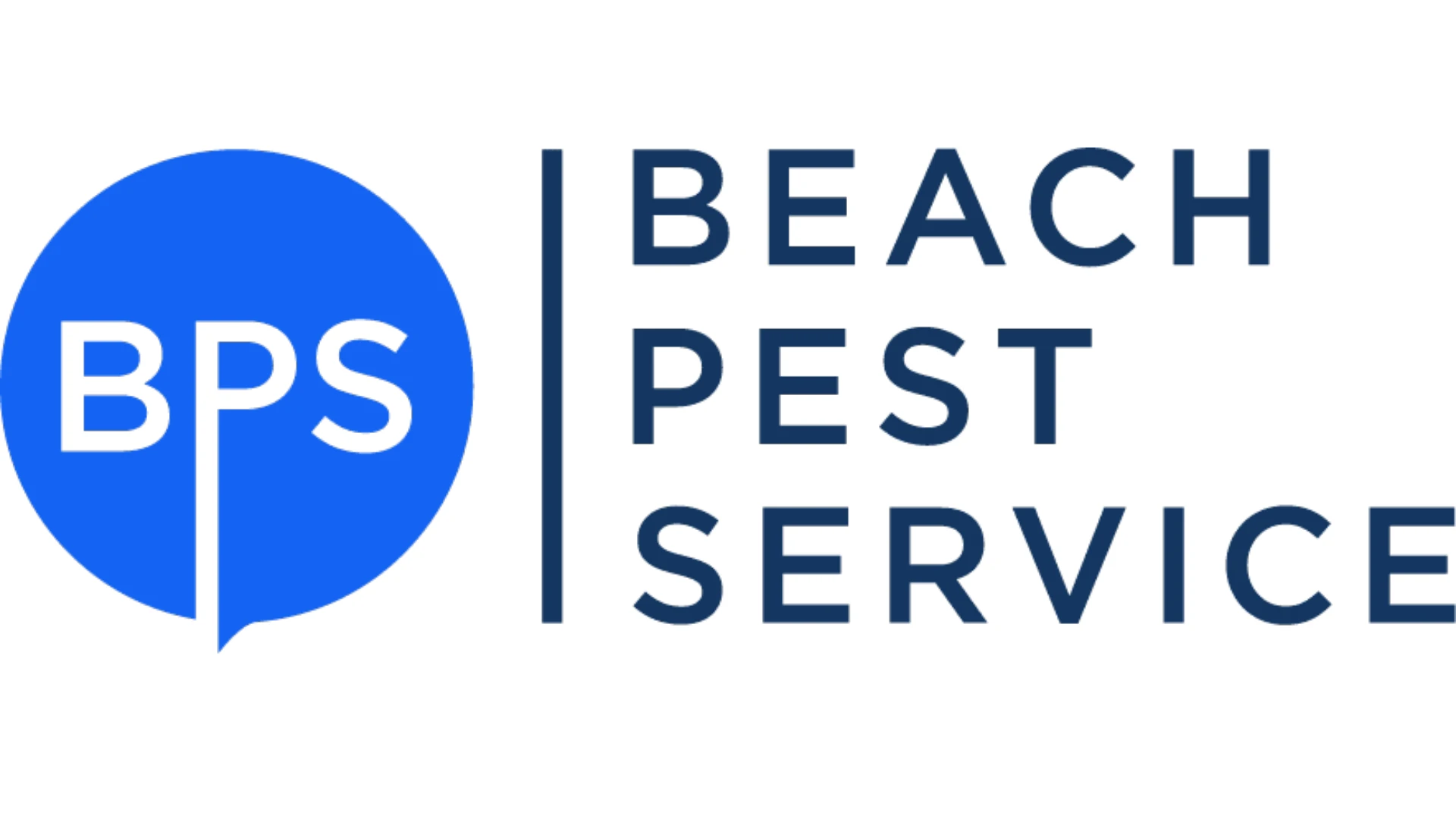
istock | Dzurag
While industry research has provided important insights into bed bug treatment, other areas could use further exploration. According to PMPs, concerns ranging from public health to pest dispersion behavior are ripe subjects for research.
“Though we have not discovered any kind of transmission of human pathogens under normal circumstances by bed bugs, I'd like to see more continued research with respect to bed bugs and the potential of newer flaviviruses,” said Christian A. Borre, technical director, Select Exterminating, New York, N.Y.
Mark "Shep" Sheperdigian, vice president of technical services, Rose Pest Solutions, Troy, Mich., said “Dispersal behavior is still difficult to predict.” He’d like to know, “What mediates dispersion? What makes a bug return to a known harborage?”
In the western U.S., Daniel A. Baldwin, vice president of technical services, Hawx Services, who works out of Arizona, “would like to see more work done on practical, low-cost prevention.”
Still, Dennis Weiss, technical supervisor at Saela in Orem, Utah, said he thinks bed bug research has been well focused.
“Most research and materials I’ve seen lately are steered toward better detection and monitoring methods and minimal-risk treatments, which is exactly where the industry should be heading,” said Weiss.
The degree of sensitivity of active monitors, and their ability to detect low-level populations, was an opportunity cited in The Mallis Handbook of Pest Control, which noted that, while expensive monitors “might limit wide scale use,” new monitoring tools are “truly groundbreaking” and have “set the stage for continued development of improved and more economically affordable monitoring tools.”
So, while continued research will lead to more effective tools and methods for bed bug detection, treatment and eradication, the cost of these tools will impact their use, especially in lower socio-economic areas.
Mallis also noted that research into the role of IGRs (insect growth regulators) in the control of bed bugs would also be useful “in light of the conflicting results reported within the academic community.”
How can pest managers stay atop new findings?
Borre looks and listens.
“Fortunately, the pest control industry has a great community of entomologists, researchers, professional organizations, conferences, manufacturers, distributors, publications, and an ongoing network of pest control technicians, managers, and owners willing to share their experiences,” he said. He noted that, when he first encountered bed bugs in 1998, protocols were rare. Since then, he’s “learned so much regarding those situations that could cause an application to fail, could interfere with the success of a canine inspection, and newer procedures that are less invasive than years previous.”
Baldwin relies on industry trade magazines, technical reps from his manufacturing partners and “of course, Dr. Rick Cooper,” an industry expert who has contributed to Mallis and co-authored Bed Bug Handbook.
For Sheperdigian, conferences, along with trade and scientific publications, are useful. He also visits the researchers themselves and follows their results.
“I confer with urban entomologists from other service companies and compare experiences and practices," he said, noting that “bed bugs do not spread as easily as we once thought. They develop a resistance in a very few generations.” As a result, he noted early detection is key to cost-effective bed bug management.
Latest from Pest Control Technology
- Fleetio Launches Automotive Service Excellence Scholarship
- WorkWave Appoints John Phelan as CTO
- PMPs Use Capitol Hill Visits to Push for Preemption
- 20 Trapping Tips
- Truly Nolen Opens Two Florida Franchises
- David Cooksey PestVet of the Year, Policy Person of the Year Recognized
- Pink Pest Solutions Opens New Kansas City Office
- GA Dept. of Ag Experts Urge Reporting of Yellow-legged Hornet Embryo Nests





